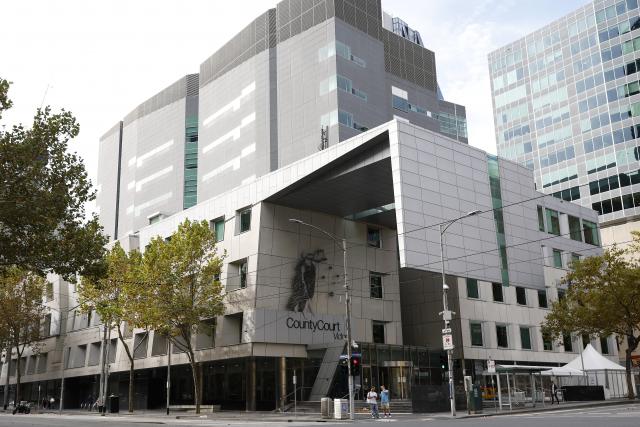A review of The Museum of Broken Things by Lauren Draper
This is the fourth in a series of six reviews featuring the 2022 Readings Young Adult Book Prize.
The Museum of Broken Things, by Melbourne-based author Lauren Draper, is a story of healing from loss and grief. The protagonist Reece is in her final year of high school. She has recently lost her grandmother, a former renowned surgeon who once inspired her dream of pursuing a medical career.
Worse, having moved from the metropolis to a small country town, Reece desperately misses her old life. We learn that something occurred, causing the teenager to have left her best friend Nina without saying goodbye. As she struggles to make new friends, The Terrible Thing That Happened remains a secret.
Another unknown is what Reece intends to do with the large collection of historical medical books left by her grandmother. Now that she sees herself failing school and having no clear future and career, not to mention becoming a brilliant physician, she contemplates giving away the incredibly rare and valuable medical texts.
But the story’s backbone lies in the mystery surrounding an unusual artefact among Reece’s inheritance. In the process of trying to find out what it is – and why her beloved Nan specifically gifted it to her – the teenager discovers a series of clues that connect her grandmother to the death of some young women in the 1940s.
Reece’s investigation not only unravels a dark page of the town’s history, but also reveals how the past can and continues to impact on the present. More importantly, the journey helps her realise The Terrible Thing That Happened is not her fault. That she is perfectly capable of forging a
new life ahead, thanks to the love and support of her family and friends.
The Museum of Broken Things is a fine and fluent read, conveying a sense of humour and resilience even when Reece feels emotionally distraught. Her friends are some of the most colourful and endearing characters in the book, each with their own unique problems to deal with in terms of family and future.
Perhaps the cleverest bit of writing is that Reece persistently tries to contact her other friend Willow, which can appear as a flaw in the plot. When The Terrible Thing That Happened is finally revealed, any careless reader would think it unplausible that Reece is so desperate for a response from Willow.
But when one examines the text really, really carefully – which this reviewer eventually learned to do – it becomes clear that the “flaw” only exists to illustrate the overwhelming sense of loneliness and isolation that Reece experiences. It is moments like her pleading for Willow’s help that demonstrate her powerlessness to either go back or move forward.
The Museum of Broken Things is a heartfelt and heart-warming debut, about young adults losing their way yet somehow finding the courage to map it again. A great example of how something that looks like a “curse” can turn out to be a blessing.







